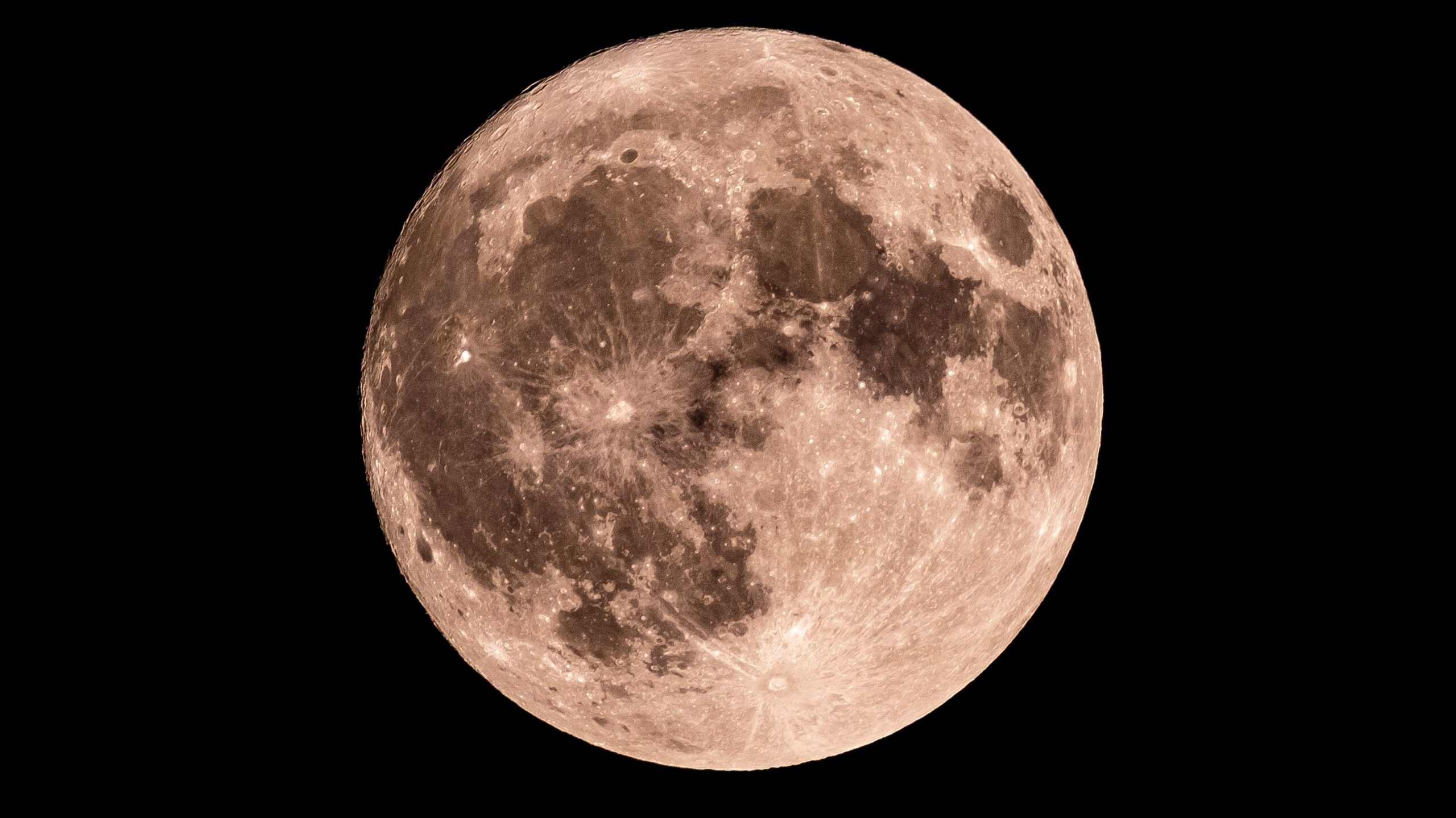As of September 27, the moon is in the Waxing Crescent phase, with approximately 27% of its surface illuminated by sunlight. This evening, stargazers can enjoy a view of the moon’s landscape, even without binoculars or a telescope. The current lunar cycle is at day six, making it an excellent opportunity to observe various features on the moon’s surface.
For those looking up tonight, the prominent Mare Crisium can be spotted easily with the naked eye. To find the Mare Fecunditatis, direct your gaze to the middle right of the moon. Observers located in the Southern Hemisphere should look towards the bottom left to see the same features, as their perspective differs.
For a more detailed exploration, binoculars reveal the Posidonius Crater, a significant lava-filled crater. Using a telescope enhances the experience further, allowing enthusiasts to identify the Apollo 17 landing site, marking the final moon landing of the Apollo program.
Upcoming Lunar Events
The next full moon will occur on October 6, following the most recent full moon on September 7. These lunar phases are part of a continuous 29.5-day cycle, influenced by the changing angles between the Sun, Moon, and Earth.
Moon phases represent how the moon appears from Earth as it orbits our planet. This cycle includes various stages, such as new moons, full moons, and everything in between. The moon always displays the same side to Earth; it is the illumination that changes depending on its position relative to the Sun.
There are eight primary phases of the moon, which cycle through as follows:
– New Moon: The moon is positioned between Earth and the Sun, rendering it invisible.
– Waxing Crescent: A small sliver of light appears on the right side (in the Northern Hemisphere).
– First Quarter: Half of the moon is illuminated on the right side, resembling a half-moon.
– Waxing Gibbous: More than half of the moon is lit, but it has not yet reached full illumination.
– Full Moon: The entire face of the moon is illuminated and fully visible.
– Waning Gibbous: The light begins to fade on the right side.
– Last Quarter (or Third Quarter): Another half-moon, with the left side now illuminated.
– Waning Crescent: A thin sliver of light remains on the left side before the moon becomes invisible again.
Understanding these phases enhances our appreciation of the moon and its beauty during different times of the month. As tonight’s Waxing Crescent moon casts its light, it invites all to take a moment to look up and enjoy our celestial neighbor.
